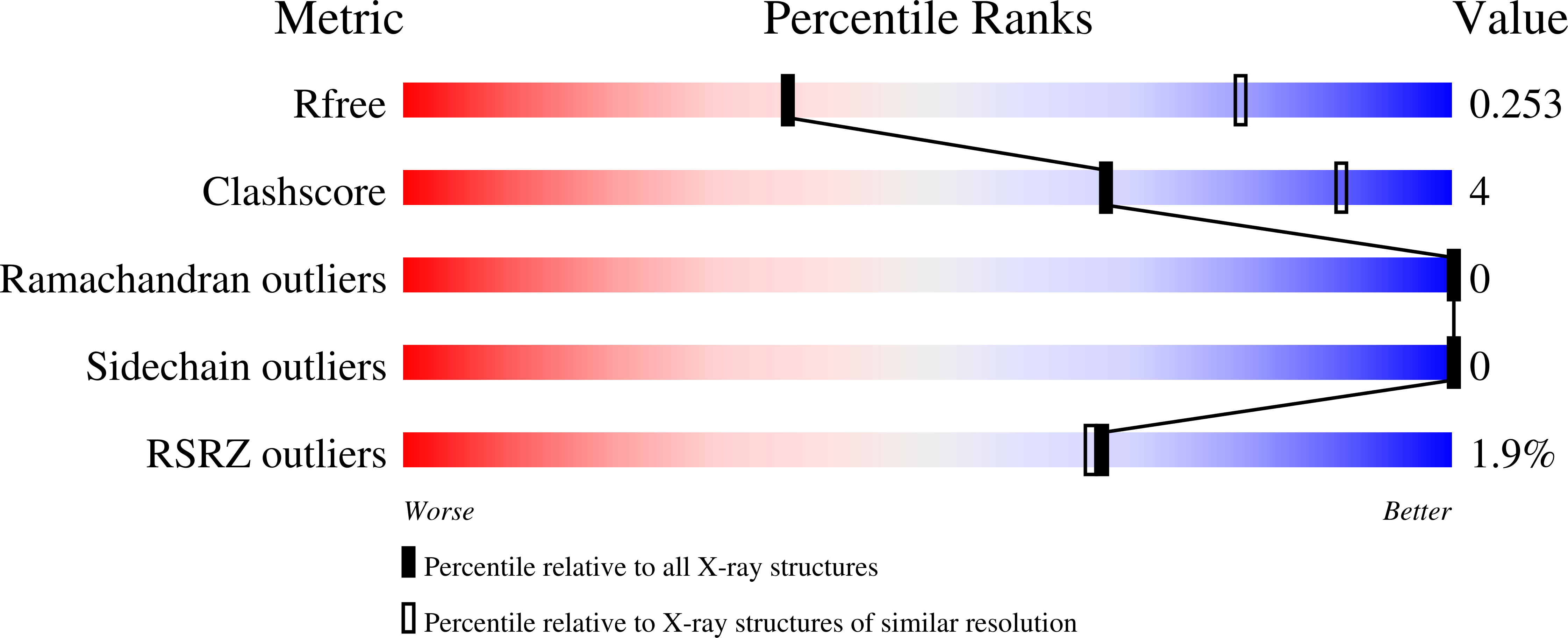
Deposition Date
2021-06-03
Release Date
2021-12-29
Last Version Date
2023-10-18
Entry Detail
Biological Source:
Source Organism:
Host Organism:
Method Details:
Experimental Method:
Resolution:
3.30 Å
R-Value Free:
0.25
R-Value Work:
0.19
R-Value Observed:
0.19
Space Group:
P 31 2 1


